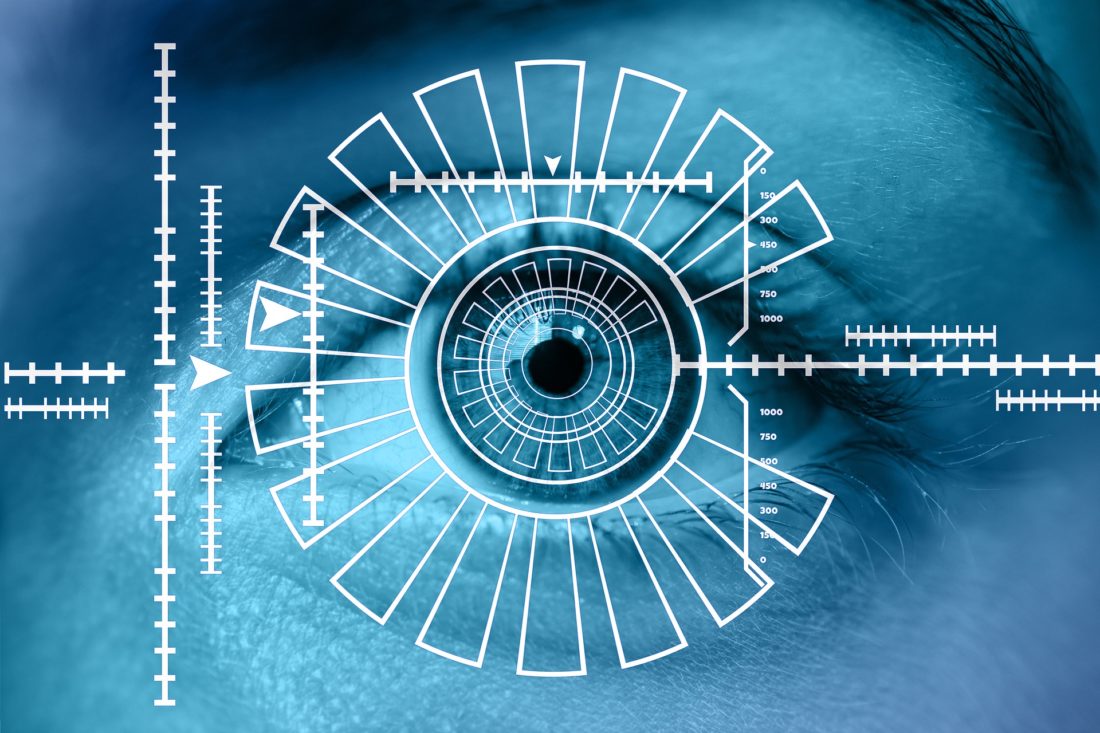This article was updated on September 30, 2021.
Why Biometric Testing is a Digital Marketing Game Changer
We all know by now that understanding your target audience is pretty much key to a successful digital marketing campaign. If you don’t understand what your audience wants, needs or expects, then how can you ever hope to deliver a gratifying user experience?
Before now, digital marketers have relied on tried and tested research techniques to gain insight into the minds of consumers. From questionnaires and interviews to user persona profiling, long-standing methods for studying user behavior have proven valuable time without number, giving us vital insight into user experience.
But thanks to incredible advances in biometric technology, we’ve entered into a brand new era of UX research. Biometrics gives marketers the ability to understand not only what users say about what they see on screen, but also how that visual stimuli makes them feel.
What is biometrics?
“Biometrics” is defined as the scientific measurement of human behaviour and emotion and it’s not a new thing. In fact, it’s been in use for a long time, often within the finance and security sectors. Fingerprint identification, iris scanning, facial recognition software and DNA testing are all examples of applied biometrics.
In the digital marketing industry, biometrics is a powerful tool. It allows marketers to monitor and record someone’s physical and biological reactions to on-screen stimuli. In other words, you can measure a user’s emotional response to a website, video or banner advert, by seeing it through their eyes—literally.
Tapping into human emotion
We humans think of ourselves as rational creatures who make choices based on a conscious and logical thought process. But neuroscience tells us that in truth we make a lot of our decisions based on intuition; that “gut feeling” of ours.
According to cognitive neuroscientists, however, it is emotion that drives the decisions we make. This concept is incredibly significant because it forms the basis of effective marketing techniques. The key to successfully marketing a brand and its products/services involves tapping into the “human element” behind consumer decision-making—their feelings.
When it comes to assessing and measuring these feelings and emotional responses, the capabilities of modern biometric testing equipment provides unparalleled insight.
Windows to the soul
Eye tracking technology, for instance, gives marketers the ability to record and measure optical movement and visual attention.
Using infrared light, eye tracking gives a view of where users are looking and for how long (fixations). It also identifies the order in which users engage with a webpage, allowing marketers to consider how effective the page’s hierarchy of information is, and where improvements could be made.
In addition, outputs include heat maps that showcase hotspots of attention and areas of interest that provide indicial metrics on particular aspects of the design.
About face
Facial expression analysis software enables marketers to detect, record and classify one of the most physical indicators of a user’s emotions—the look on their face. As a result, based on the evaluation of facial movements, this software can identify up to seven different emotions:
- Contempt
- Disgust
- Anger
- Fear
- Surprise
- Sadness
- Joy
Don’t sweat it
The Galvanic Skin Response (GSR) sensor measures the user’s level of emotional arousal based on perspiration and heart rate. Sweat secretion is driven entirely by the nervous system and cannot be consciously controlled.
Non-intrusive electrodes are attached to the subject and a constant low voltage is applied. The sensor then measures the electrical current between the electrodes in order to identify the level of emotional arousal.
Although GSR technology cannot determine which emotions are being felt, it can indicate how intensely they’re being felt.
Synchronization and analysis
When used collaboratively, this technology becomes even greater than the sum of its parts and gives marketers the ability to:
- Improve consumer engagement with brands
- Determine how users feel when they view a site or piece of marketing collateral
- Identify opportunities for optimization
- Boost conversion rates
It’s important to note, however, that biometrics doesn’t replace traditional methods of market research. Quantitative analytics will always allow marketers to understand how well a digital campaign, site or system performs. But it won’t tell you why users interact with them the way they do. The emotional element is what was missing from the existing research approach—until now.
UX research at Coast Digital
Here at Coast, we’re leading pioneering efforts in biometric testing. Our UX research labs boast cutting edge technology as well as a fully-equipped user testing area and separate control room. Find out more about our UX research labs. Follow Coast on Twitter at @CoastDigital.
Featured image by Gerd Altmann from Pixabay
